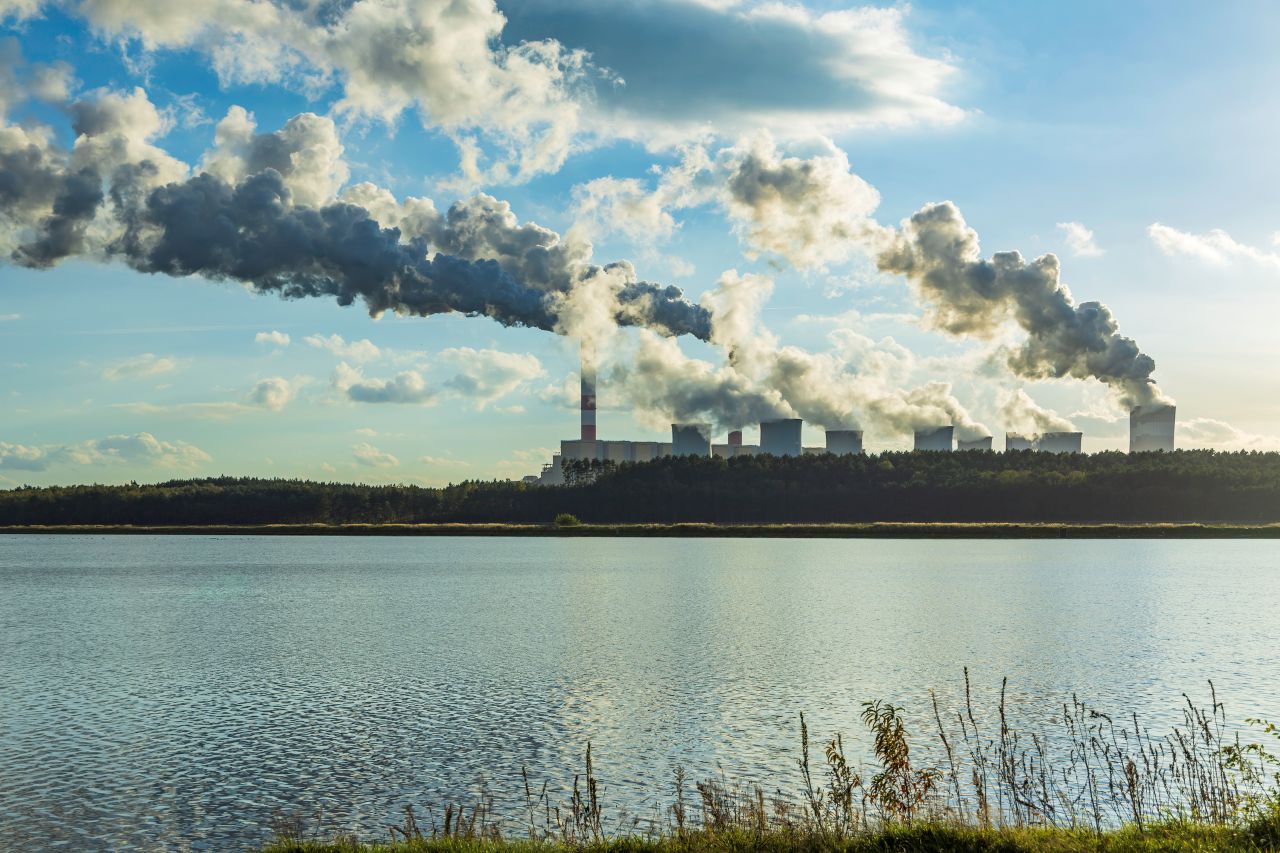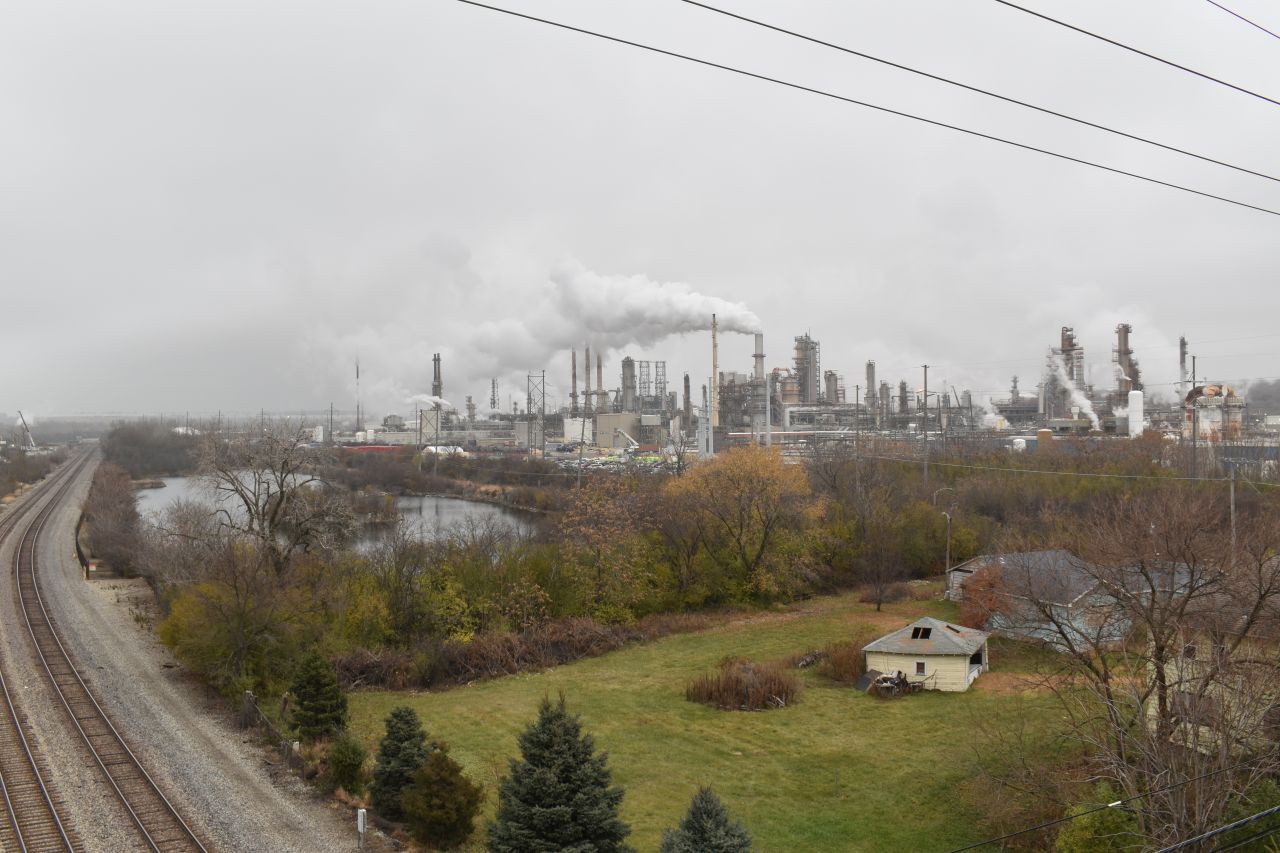New York is suing Pepsi over oil- and gas-based plastic pollution

When staff from the environmental protection bureau of the New York Attorney General’s office decided to use their authority to address oil- and gas-based- plastic waste in the Buffalo River, they never intended to go after Pepsi, specifically.
But after scientists with the office inventoried piles of trash that volunteers had pulled from the river in western New York, they found that Pepsi’s products made up 17 percent of the plastic waste they found. The lawsuit is the first in the U.S. involving a state suing a company over plastic pollution.
“There have been decades-long… cleanups around Earth Day,” said Lemuel Srolovic, environmental protection bureau chief of the New York Attorney General’s office. “There were tallies, censuses of the type of debris litter that was found along the river by category – plastic bottle, can, garbage bag. But there had not previously been, in essence, a brand survey – who are the producers that can be identified as the source of plastic pollution?”
The waste that formed the basis of the office’s lawsuit came from 13 sites in the Buffalo River watershed. Volunteers with the Buffalo Niagara Waterkeeper had bagged the litter and handed it off to Srolovic’s staff, who spent days meticulously combing through the waste piles to identify its origin. The lawsuit, filed in November, also named Frito-Lay, one of Pepsi’s many subsidiaries.
“That number was kind of surprising in that it can all be linked back to one company,” Buffalo Niagara Waterkeeper executive director Jill Spisiak Jedlicka said of the 17 percent figure. “But I guess that's what happens when you have these large conglomerates.”
In the Buffalo River, plastic waste made up approximately 78 percent of trash that Buffalo Niagara Waterkeeper volunteers have cleaned and inventoried from 2013 to 2022, according to Waterkeeper data cited in the lawsuit. A formerly heavily polluted industrial river in Western New York that had no fish in it as of the 1950s, the river has since recovered significantly, with help from local volunteers who clean trash, monitor water quality, and restore native plants.
The volunteer group has been cleaning up trash from the watershed for about 20 years. Around 2,000 volunteers each year participate in their cleanup program, which includes more than 40 sites in the 1,400-square-mile watershed where the Buffalo River empties into Lake Erie, Jedlicka said. The events offer a chance “to get their feet wet, their hands dirty, and actually make tangible change,” she said.
“It's everybody, from toddlers, to seniors, it really doesn't matter,” Jedlicka said. “There's all abilities, all demographic backgrounds, all different communities, whether it's rural or suburban or urban.”

However, the Buffalo River, like many rivers around the world, remains choked with plastic, which is manufactured from gas and petroleum extracted through hydraulic fracturing. Global plastic production has surged since the 1950s, with more than 9.1 billion tons produced and only 9 percent of it recycled, according to a frequently cited 2017 study. In the U.S., companies are building a wave of new plants to convert natural gas into the raw ingredients for plastic, with the majority destined for landfills or to pile up in waterways like the Buffalo River.
Though Pepsi is by no means the only plastic manufacturer contributing to the problem, its waste makes up a significant share. In surveys of waste from 2,373 cleanup sites around the U.S. from 2018 to 2022, the group Break Free From Plastics repeatedly found that Pepsi was the largest or second-largest contributor of plastic waste.
In a Feb. 16 legal filing, attorneys for Pepsi asked the judge to dismiss the case, arguing that Pepsi itself did not put its plastic in the Buffalo River or control any of the people who did.
“Never before has a manufacturer of a safe and lawful product been held liable under New York (or any other) law for the independent decisions of third parties who choose to dispose of the product’s packaging improperly (and unlawfully),” the company’s filing states.
The lawsuit alleges that the company’s waste creates a public nuisance and that its packaging fails to adequately warn consumers about the harms associated with its single-use packaging. It also argues the company violated New York state law regarding deceptive practices, saying it should have included a warning “regarding the known and foreseeable risks that follow from the intended use and foreseeable misuse of its single-use plastic packaging.”
The Attorney General’s office is asking the court to declare that Pepsi has contributed to a public nuisance on the Buffalo River and direct Pepsi to clean up its waste or create a fund with enough money to do so. The lawsuit also seeks to require that Pepsi include clear warnings on its packaging, as well as pay damages for the pollution it has already caused.
But states like New York are increasingly looking for ways to force single-use plastic manufacturers to be accountable for where their products end up. The state’s senate is currently considering a bill that would require producers to reduce their plastic packaging by half over 12 years.

In 2021, Oregon passed a bill that required plastic producers to pay more into a statewide fund for recycling programs, expand local recycling services, and put more resources into developing end-use markets for recycled products. The state’s Department of Environmental Quality in November passed rules to implement the changes. Colorado passed a similar law in 2022. The new laws will take effect in both states July 1, 2025.
In Congress, Democratic legislators have introduced the Break Free From Plastic Pollution Act, which would ban certain single-use plastic containers that can’t be recycled. The bill would also require waste producers to fund and manage recycling programs and launch a nationwide container refund program to boost recycling rates, among other measures.
One reason for the explosion of cheap, throwaway plastics products nationwide is the industry’s ties to fossil fuels. Globally, with oil use increasingly challenged by electric vehicles and cleaner fuel alternatives, many see plastics as one of the few areas the fossil fuel industry continues expanding. Judith Enck, a former EPA regional administrator who now runs the group Beyond Plastics, describes plastics as “Plan B for the fossil fuel industry.”
“On a broader level, should we be looking at the fossil fuel industry? Absolutely yes,” said Dawn Henry, a senior advisor for Beyond Plastics.
Across the U.S., a wave of new plastics plants are being planned and built to convert ethane from natural gas into ethylene, the first stage of the plastics production process. Ethylene is currently being produced at 35 facilities across the U.S., up from 27 in 2015.
One such plant built by Shell in Monaca, Pennsylvania, that opened in 2022, already earned a $10 million fine for exceeding its pollution limits. Another notorious plant, Formosa Plastics in Point Comfort, Texas, for years has spewed plastic pellets all over a nearby bay and wetlands. The company agreed to a $50 million penalty in 2019 after a lawsuit brought by nearby residents.
For decades, the fossil fuel industry has held up plastics recycling as the solution to the plastic waste problem. But most plastic – 98 percent – comes from virgin materials rather than recycled plastics. With a variety of different types of plastic in circulation, recycling plastics is extremely difficult compared to materials like metal and cardboard. And, although the U.S. generates more plastic waste than any other country in the world, plastic recycling rates in the U.S. have fallen to an all-time low. A 2022 study found that the U.S. only recycles about 5-6 percent of its plastic waste, down from a high of 9 percent.
That’s because recycling facilities can’t accept most single-use plastics because they are difficult to sort and release hazardous chemicals. But that hasn’t stopped the plastics industry from embarking on a decades-long misinformation campaign to perpetuate the plastic recycling myth.
Plastic can stick around for hundreds or thousands of years without decomposing, all while releasing harmful chemicals into the environment. These include endocrine-disrupting chemicals tied to health problems ranging from obesity, cancer, diabetes, reproductive issues, and brain impairments.
Some types of plastic pose less health risks than others. Experts recommend looking for the following three codes included on plastic packaging with the chasing arrow recycling symbol and a number: #2 (high density polyethylene), #4 (low density polyethylene), and #5 (polypropylene). Here is a guide to help with choosing the least harmful plastics.
Lead photo. Thousands of volunteers participate each year in cleanups along the Buffalo River and Lake Erie. Photo courtesy of Buffalo Niagara Waterkeeper.















